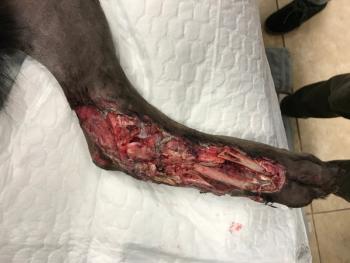
Practical tips for improving your pain protocols and increasing veterinary patient comfort by extending local anesthetic blocks.

Practical tips for improving your pain protocols and increasing veterinary patient comfort by extending local anesthetic blocks.

Well-known British statistician George Box famously said all models are wrong, but some are useful. Here’s what he meant — and why you may find disease modeling for the novel coronavirus so confusing.

A new study attempts to understand the potential associations between vector-borne diseases and proteinuria in a southeastern U.S. canine population.

Immunotherapy — using an individual’s own immune system to fight disease — is one of the fastest-growing areas in both human and veterinary research. Here’s the latest.
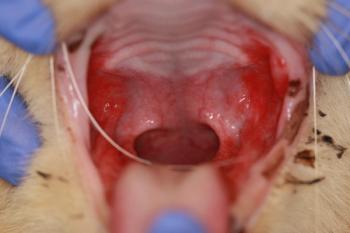
The investigational trial will evaluate the safety, efficacy, and potency of using stem cells to treat cats with refractory gingivostomatitis.

Sometimes you just can’t predict how your veterinary clients will respond.

A simple process for managing an overwhelming to-do list can make you more productive — and less stressed — in no time.

Several studies in the U.S. and Europe are exploring the canine nose as a potential surveillance system for the novel coronavirus.
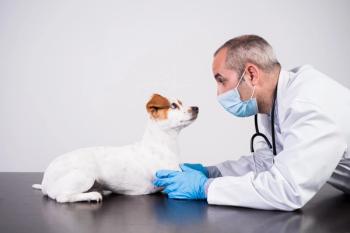
In a time of ongoing uncertainty, veterinary practices are trying to get used to new rules and regulations. But are these rules really one size fits all?

Wading through the murky waters of what it means to be an at-will employee and what you should look for in your employment agreement.

With heartworm infections on the rise, researchers from the University of Liverpool have identified two immunosuppressive proteins in Dirofilaria immitis as potential targets for a novel vaccine.

The risk for contracting this infectious disease, which in the United States occurs primarily in the West, is extremely low when precautions are taken.

A maiden study pinpoints wardrobe styles pet owners prefer from their veterinarian, uncovering links between attire and the levels of trust, confidence, and comfort clients associate with the doctor.

The company recently introduced three new veterinary gastrointestinal diet products, two for kittens and one for puppies.

The global veterinary health company will use the ThunderWorks brand to expand its line of calming products for dogs and cats.

The University of Georgia College of Veterinary Medicine will offer a comparative biomedical master’s program online starting this fall.
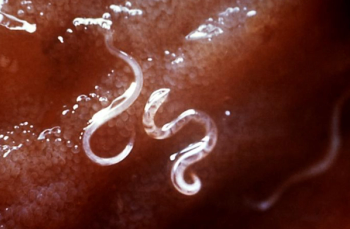
According to the findings of a new study, the rise and spread of resistant Ancylostoma caninum isn’t just bad news for dogs. It may be a sign of what’s to come for human hookworm infections as well.

A second-year veterinary student shares his experience as the only black male student in his class—and how he plans to use his unique position as a platform to encourage change throughout the profession.

Is your newest associate a brand new graduate? Every member of the veterinary team can play a role in helping these young veterinarians succeed.

COVID-19 restrictions have afforded pet owners much more time with their furry friends, leading to big changes in their attitudes toward pet ownership and veterinary care.

Big colons can lead to big problems. Thats why veterinarians who treat horses should understand current diagnostic and treatment best practices for this potentially lethal condition.
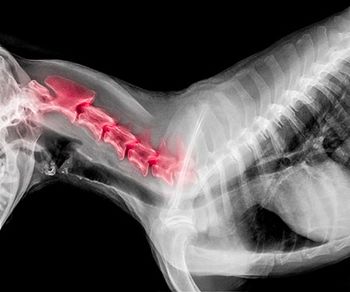
Recommendations for medical management of IVDD have changed, and corticosteroids are once again in the spotlight.

Successful long-term management of Pandora syndrome involves treating the cat, the environment and, last but not least, the client.